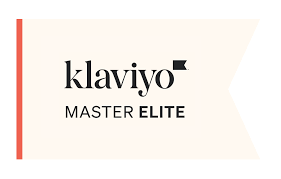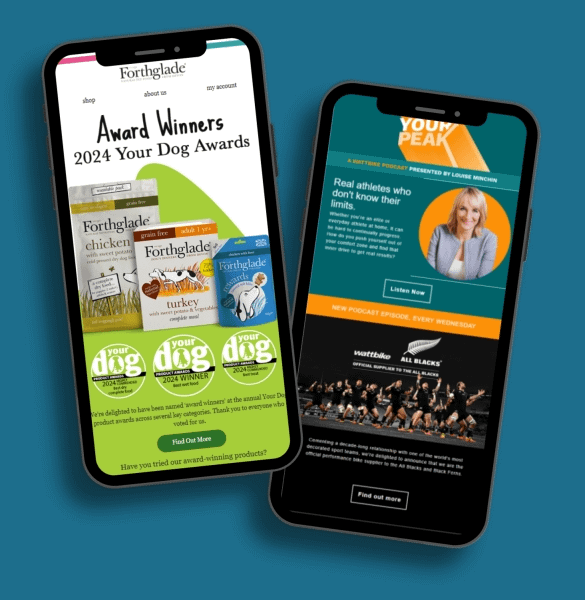Tickle their inbox – using humour to drive engagement
We all enjoy a good laugh, but according to a recent Kantar study, this hasn’t always been the case in advertising. The use of humour in advertising started to decline in 2002 but has recently become more popular again. This could be a post-pandemic, cost of living, global conflicts type effect, where people just generally need a bit of cheering up.
‘The Happiness Report’ 2022 found that 90% of people are more likely to remember ads that are funny and 72% would choose a brand they found humorous over their competitors.
But why does humour work and what should you be aware of?
Funny sticks
Funny adverts are often the ones that consumers remember. Personally, I could name a dozen ads from my childhood that I still clearly recall today (and that’s a lot of years ago)! If you can make people laugh, it triggers an emotional connection that lasts – it becomes a memorable experience for your customer.
Humour is humanising
In a world full of automated messages and AI, injecting humour into your campaigns adds a human touch to your brand. It shows there are real people behind the emails, and this fosters a sense of rapport and trust with your audience. As a result, they are more likely to engage with your brand on a deeper level.
Encourages sharing and virality
Funny content is highly shareable. People are more inclined to share on social media and forward to friends helping you reach new audiences who may not have discovered you otherwise. Before you know it, your hilarious content could be going viral! And isn’t that what brands want – people talking about them in a positive way?
Things to keep in mind…
Know your audience
Everyone’s sense of humour is different, so what makes you laugh may not be funny to other people. This can often be a generational thing – just look at some of the older TV shows and films that were once considered to be hysterical but now just cause offence. Understand your audience and tailor jokes to resonate with your specific demographic.
Stay true to your brand
Don’t force humour if it doesn’t fit with your brand tone of voice. Anything you say should fit with your brand and your values.
Humour builds rapport, engagement, sharing and sales – so it’s time to get serious about being less serious.
Contact us if you would like to learn more about how PAASE can help you drive more engagement from your email marketing.





